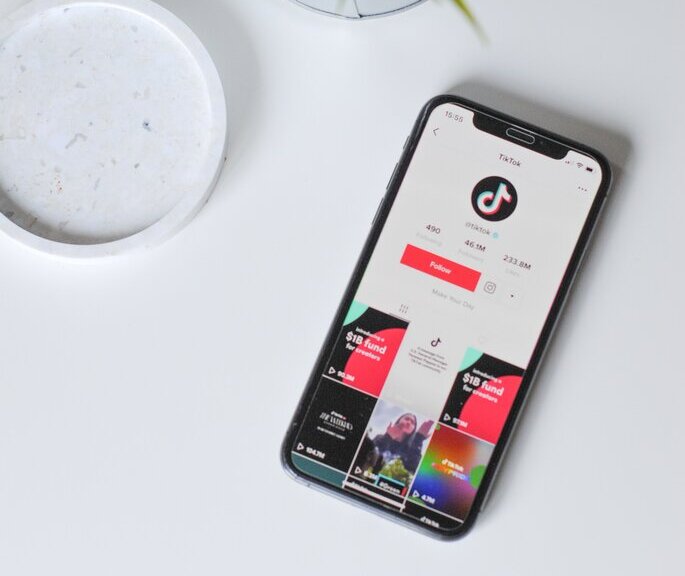
How to create engagement through a trigger strategy
Surely you are familiar with the concept of engagement on social networks but in this article, we’re going to talk about engagement in e-commerce. More specifically, using triggers strategically to maximize it.
What are our favorite tools for this? The Livechat and Chatbot, of course. We’ll take a detailed look at some ideas and tips to create engagement using both.

What do we understand as E-commerce engagement?
Before developing concrete actions, it’s important to clarify what we mean by this term in the context of electronic commerce.
Engagement can mean, “commitment” and it is exactly that; the level of involvement from an emotional standpoint, between the user and the brand. It is a level of connection that goes beyond direct purchase or conversion, but ends up leading us to it.
With social media, the key performance indicators of a strategy are marked by interaction with content and social profiles (likes, followers, comments, times shared, etc), but in e-commerce it’s different.
What we’re looking to do is anticipate the user’s needs, eliminate potential bottlenecks, give advice and, ultimately, offer an improved shopping experience that helps us sell better and more frequently.
How to create engagement using a trigger strategy
Now, let’s get down to business. Triggers are automations that turn our store into a smarter version of itself. We define scenarios that, when strategic conditions are met, enables the system to act on its own.
#1 – Simply say, “Hi”
Many times, the power of a greeting is a lot greater than we imagine. When the user enters our store, especially if it’s for the first time and they’re not yet used to it, they may feel a bit disoriented.
Though our chat is fully prepared to do its job, the visitor’s attention is focused on the task of identifying exactly how the page works, assessing the environment’s reliability, evaluating the product, the price, etc. Many things happen in a few seconds.
By simply using triggers to start a conversation, we have a call with visual attention and can pause this moment. The user can go from feeling disoriented to accompanied in one simple automatic action that opens a channel of direct communication.
#2 – Use behavior to predict needs
This is an assumption that encompasses many different cases. We can almost say it’s endless because it means understanding our business and our clients and crossing all possible variables.
Let’s see some cases where our e-commerce’s engagement is enhanced by the chat, thanks to the triggers.
- When the visitor is on our FAQ page: it’s logical to think that this user has some questions to resolve. They’re trying to do it themselves, thanks to our knowledge base, but if we’re able to offer personalized attention, we can assure you that their perceived experience and opinion of the brand and of e-commerce will go up several points.
- When the visitor uses certain features: the clearest example is an internal comparison. In this case, it’s a potential customer who has already advanced in the conversion funnel and is closer to converting. In this assessment phase, it’s critical to provide support. These points can help us:
- Choose the best option for your particular case and avoid returns and reverse logistics costs.
- Upsell by directing their purchase towards higher-range products.
- Facilitate cross-selling by adding complementary products that increase the amount of the average ticket.
- When the visitor accesses non-transactional pages directly: Contact or About Us, for example, may indicate an interest in knowing more about the people behind the brand or even the unequivocal desire to talk to someone. Again, we can give them what they want even if it’s not entirely clear to them in that moment.
#3 – Engagement that reclaims carts
This action could be included in the previous section, but since it’s so important, reclaiming carts and closing sales is worth reviewing outside of interactions with triggers.
Firstly, by applying the behavior logic to the checkout. Why does a user spend too much time in the purchasing process? Questions about the product? About the process itself? Mistrust in the store? An interaction with the chat can be the difference between making a sale or not and it’s very easy to program a trigger that it doesn’t make sense not to do it.
You can, of course, reclaim carts even more directly and proactively. To do so, you just need to program a trigger that launches when a user has added products to their cart but does not finish converting. Same philosophy as before, “Do you need any help?”
If we include the chatbot along with live chats, your productivity skyrockets and engagement grows even when your team takes a break or it’s outside of business hours.












